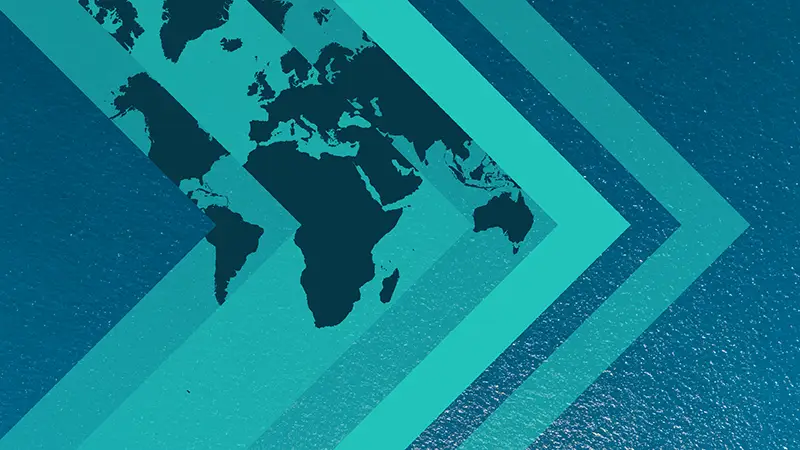
Top Risks
The world has changed and so have the rules. More transactional geopolitics and trade, the rise of organised crime, societies in upheaval and the competition for compute will all define the world of business in 2026
RiskMap is the leading annual forecast of business risks, compiled by Control Risks experts worldwide. With risk ratings and in-depth analysis, RiskMap is your essential guide to mitigating risk and seizing opportunity in the year ahead.

The world has changed and so have the rules. More transactional geopolitics and trade, the rise of organised crime, societies in upheaval and the competition for compute will all define the world of business in 2026

Who are the risers and fallers? Where has risk increased or decreased? We have changed 27 countries' risk ratings this year. Download our global and regional maps now to find out.

Nick Allan, Control Risks CEO, looks ahead to the trends shaping business in 2026 and unpacks how businesses can remain resilient.

Get a deeper sense of what these trends mean for your business. Led by our experts, our bespoke interactive RiskMap briefing sessions are shaped by your budget and strategy.